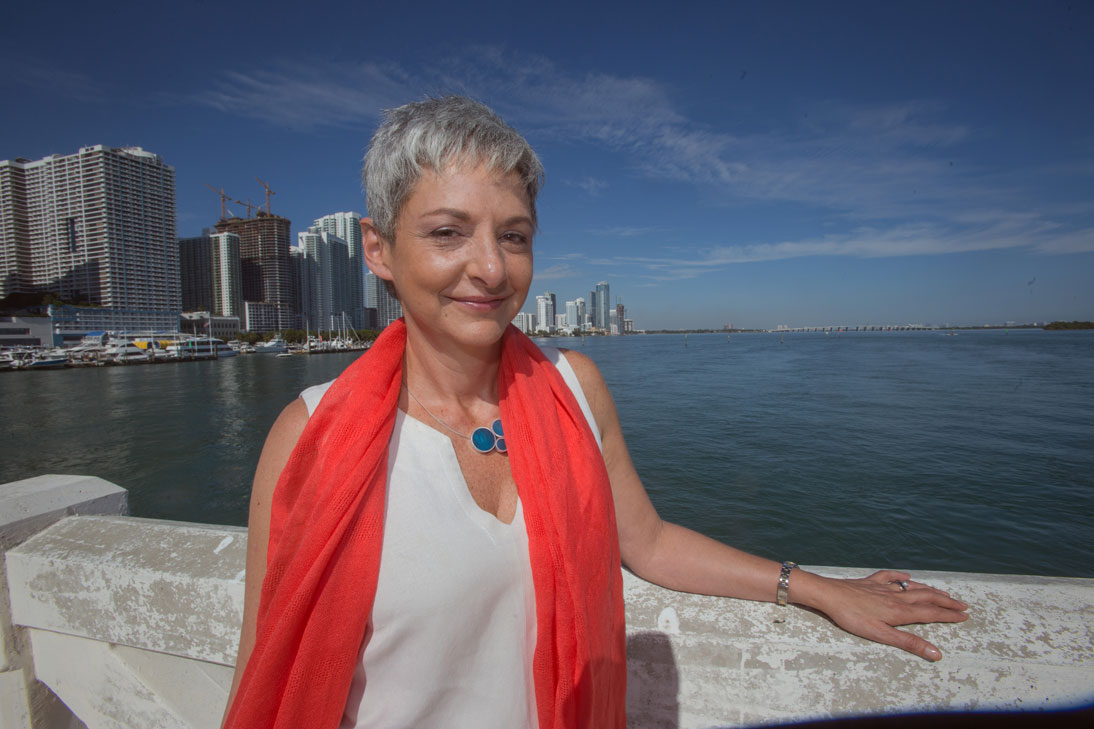Miami-Dade closes in on waterborne transportation system

It hasn’t been clear sailing for Miami-Dade officials studying the feasibility of a waterborne transportation system. They’re having to navigate around obstacles from water depth to infrastructure to regulations.
That was clear in a status report Monday to the Miami River Commission, delivered by Irene Hegedus, chief of transportation enhancements at the Miami-Dade Department of Transportation and Public Works.
Regardless of the many challenges, the river commission unanimously voted to urge the county to approve waterborne transportation services with on-demand, fixed commuter routes or both as soon as possible.
That motion was made by county Commissioner Bruno Barreiro.
“When you look at existing conditions, you’ll realize why we haven’t deployed it yet,” Ms. Hegedus said. “We have a tremendous number of constraints.”
She highlighted findings in an ongoing county study that includes these operating constraints:
The area’s waterway is one of the shallowest in the US, with potential routes ranging from 2.5 to 11 feet deep.
Speed zones due to environmentally protected areas have strict regulation of manatees and sea grasses.
Physical impediments include height of bridges, location of control structures and existing commercial docks.
The county has been researching three waterborne modes: a commuter service with a fixed route and schedule as an extension of Metrorail, Metromover and Metrobus; on-demand services or water taxis with no schedule but pre-determined landing locations; and recreational mobility.
Ms. Hegedus said the county’s main focus remains a possible commuter service to lessen the number cars choking the area’s roads.
A challenge to launching a commuter service is finding vessels big enough to carry many passengers and be air conditioned but small enough to glide under bridges, she said.
The goal would be convenient, comfortable and affordable water transit, according to Ms. Hegedus.
She said regulatory agencies have concerns about added water taxi activity on the bay and the river, worried about enforcement for on-demand travel with no set schedule.
Her presentation said officials are preparing a proposal for county commission consideration of one express route with no stops.
The proposed service focuses on a high ridership area plus multi-modal connectivity; travel on existing channels using existing infrastructure; ridership of 150,000 annually; five vessels (including one spare); vessel capacity similar to existing Metrobus service (35 to 49 passengers); vessels small enough to clear existing bascule bridges; and flexibility for expansion and modification of routes.
In her presentation, a map showed one proposed route for the commuter service, from Haulover Marina on the north to Sea Isle Marina on the south, adjacent to the Venetian Causeway.
“Our recommendation for on-demand services is that everybody has to be talking to each other,” Ms. Hegedus said, suggesting municipalities work together on a joint operation, requesting proposals for a one-year pilot program.
The county study pinpoints 33 potential stops for water taxi or on-demand services.







Sharon Hummerhielm
January 11, 2018 at 2:15 pm
Water taxis already operate in Broward County. Why not team up and create a multi-jurisdictional plan for mutual benefit of the public and private sector. Extension of the services from the Sea Isle Marina to Coconut Grove and even further south to Matheson Hammock might add to ridership. In addition, having incentives for private business to contribute to expenses in exchange for designated stops might prove cost effective.
Aelita Alperovich
January 18, 2018 at 11:50 am
We here in North Miami Beach can DEFINITELY use a stop in Haulover Park as a transportation alternative. Especially if it can make stops in Miami Beach, & Downtown, since it takes the bus about 35 minutes to an hour to get there.